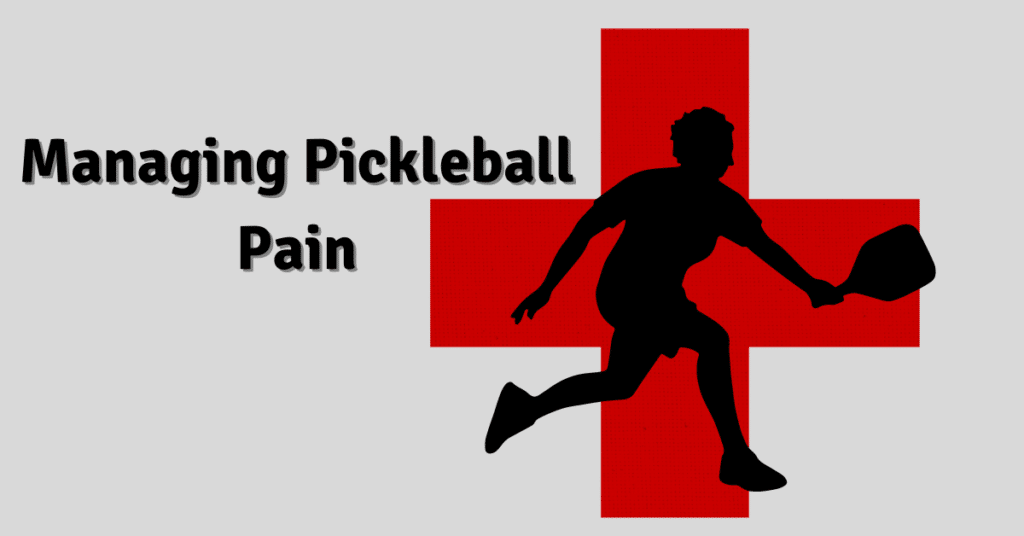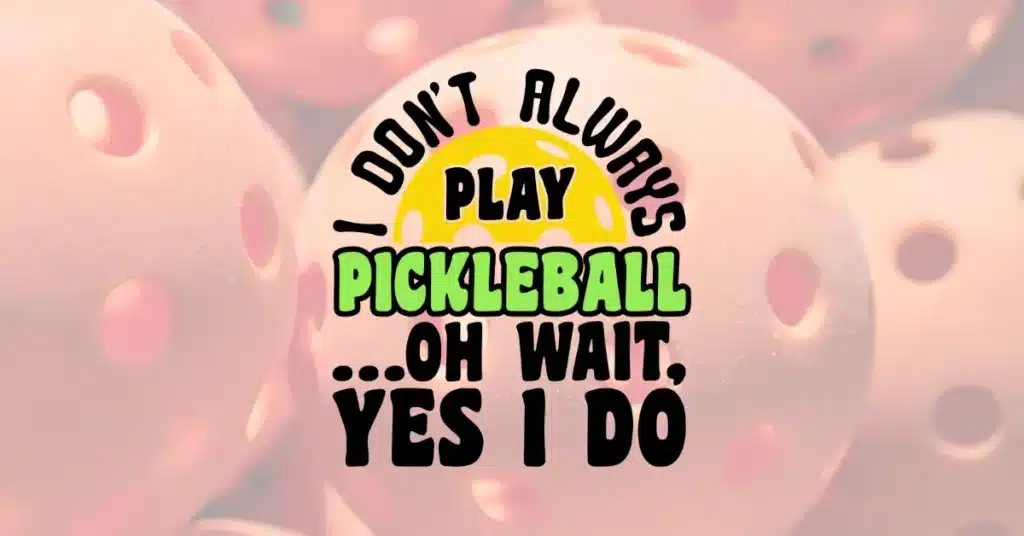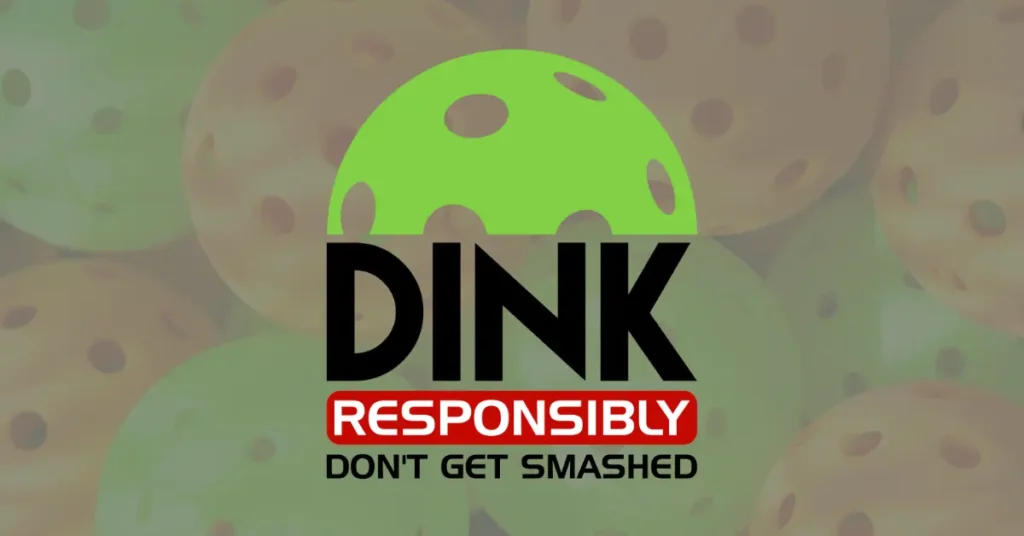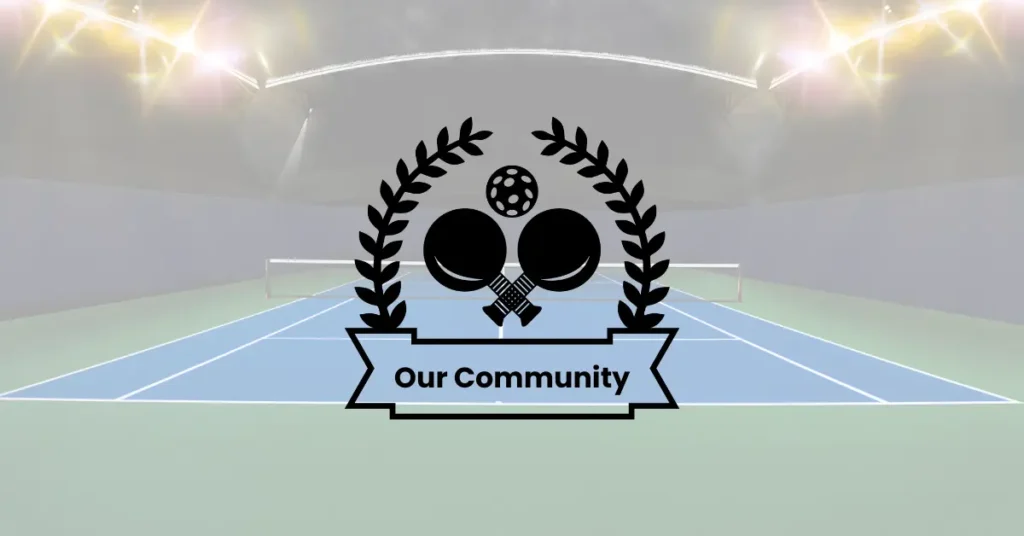
As a pickleball player, I’ve experienced firsthand the discomfort and disruption caused by pickleball shoulder pain.
It’s a challenge that many in the pickleball community face, striking a delicate balance between our love for the game and our physical health.
Shoulder pain, whether it manifests as a post-match ache or a sharp sting during a serve, significantly affects our play and enjoyment.
In this post, I want to share valuable lessons and strategies I’ve learned for managing and preventing shoulder pain.
Drawing from my struggles with tennis elbow and shoulder issues, I’ll offer insights and advice to help you minimize pain and keep you on the court.
Understanding Pickleball Shoulder Pain
Pickleball shoulder pain isn’t just an occasional nuisance; it’s a significant issue that can stem from various factors in our gameplay.
From my own experiences and conversations with fellow players, I’ve come to understand the common reasons behind this discomfort.
The Mechanics Behind the Pain
Firstly, the repetitive motions in pickleball, like overhead serves or forceful smashes, can strain the shoulder muscles and tendons.
Each time we reach for that high shot or put extra power into a serve, we’re putting considerable stress on our shoulder joints.
Over time, without proper technique or rest, this can lead to pain and injury.
Common Causes in Pickleball
Several factors contribute to shoulder pain among players:
- Improper Warm-Up: Skipping a thorough warm-up can leave the shoulder muscles tight and more prone to injury.
As the Medical Director for Major League Pickleball, Joshua Dines, MD, an orthopedic surgeon and sports medicine specialist at Hospital for Special Surgery, has seen the gamut of injuries that befall competitors at the top tier of what has become the nation’s fastest-growing sport.
https://www.hss.edu/article_shoulder-injuries-pickleball.asp
- Overuse: Playing too frequently without adequate rest can lead to overuse injuries, a common issue I’ve faced because I can’t say no to playing!
- Previous Injuries: Players with a history of shoulder or elbow injuries, like my own battles with tennis elbow, are more susceptible to pain due to weakened muscles and joints.
Prevention Tips-Safeguarding Against Pickleball Shoulder Pain
Preventing or reducing shoulder pain in pickleball is key to enjoying the game long-term.
Based on my journey and advice from health professionals and other players, here are some effective strategies to keep your shoulders healthy.
Warm-Up Properly
A good warm-up routine is essential. It prepares your muscles and joints for the demands of the game.
I’ve found dynamic stretches that target the shoulders, arms, and upper back to be particularly beneficial.
Simple exercises like arm circles, shoulder shrugs, and gentle stretches have become a non-negotiable part of my pre-game routine.
If you’re interested in a simple way to do exercises for your shoulders, a resistance band may be the perfect fitness tool. Resistance band exercises for shoulders are effective and simple to do, which means they’re accessible to a wide range of fitness levels and abilities.
Strength Training and Conditioning
Building shoulder strength and stability is crucial.
Regularly incorporating exercises like rotator cuff strengthening, shoulder presses, and lateral raises has helped me fortify my shoulders against the rigors of pickleball.
Don’t forget to focus on overall upper body strength too – a balanced physique reduces the likelihood of over-reliance on any single muscle group.
Master Correct Techniques
Playing with proper technique is not just about skill; it’s about safety. Work on refining your strokes to ensure they are biomechanically sound.
I’ve spent hours tweaking my serve and smash techniques to minimize shoulder strain. Sometimes, small adjustments in paddle grip or stance can make a significant difference.
Choose the Right Equipment
The weight and grip size of your paddle can impact your shoulder.
After experimenting with different paddles, I’ve realized lighter ones, like the ones I discussed in my previous posts, are gentler on my shoulders. Make sure your paddle suits your physical needs and playing style.
Listen to Your Body
Finally, listen to what your body tells you. If you feel any discomfort or fatigue in your shoulder, don’t push through the pain.
Rest is just as important as practice. I’ve learned to balance my playtime with adequate rest, recognizing that recovery is a crucial part of my pickleball regimen.
Treatment Options for Shoulder Pain in Pickleball
When it comes to treating shoulder pain, I’ve learned that a combination of self-care and professional advice are incredibly effective.
Here are some treatment strategies that have worked for me and may benefit others facing similar issues.
Initial Self-Care Measures
- Rest: The first and most crucial step is to give your shoulder adequate rest. Continuing to play through pain can worsen the injury.
- Ice Therapy: Applying ice to the affected area can help reduce inflammation and pain. I typically use ice packs for 15-20 minutes several times a day during the initial days of pain.
- Compression and Elevation: These can further aid in reducing swelling and discomfort.
- Gentle Stretching and Mobility Exercises: Once the acute pain subsides, gentle stretching can help restore mobility. However, it’s essential to do this carefully to avoid further strain.
Seeking Professional Medical Advice
If the pain persists or worsens, consulting a healthcare professional is imperative.
I’ve learned that getting expert advice not only speeds up recovery but also prevents future injuries.
Treatments provided by professionals may include:
Physical Therapy: A tailored physical therapy program can strengthen the shoulder and improve flexibility. It’s been a game-changer in my recovery process.
Medication: Over-the-counter pain relievers or anti-inflammatory drugs can be prescribed for pain management.
Advanced Treatments: For more severe cases, treatments like corticosteroid injections or surgery may be necessary, though these are typically last resort.
Incorporating Professional Advice into Recovery
Based on professional advice, I incorporated specific exercises and stretches into my routine, which were instrumental in my recovery.
It’s crucial to follow the guidance provided by healthcare professionals to ensure a safe and effective recovery process.

Recognizing Early Signs of Shoulder Pain in Pickleball
Being proactive about shoulder pain starts with recognizing its early signs.
As an older player, I’ve learned to pay attention to my body’s signals, understanding that early intervention can prevent more serious issues down the line.
Initial Symptoms to Watch For
- Mild Discomfort or Aching: Pay attention if you start feeling a dull ache in your shoulder, especially after playing.
- Reduced Range of Motion: Difficulty or discomfort while moving your arm in certain ways can be an early warning sign.
- Stiffness or Tenderness: If your shoulder feels stiff or tender to the touch, it’s time to take notice.
- Weakness in the Arm: Experiencing a sudden weakness in your arm or difficulty performing usual tasks could indicate a problem.
From my experiences, these symptoms can sneak up subtly, often disguised as just ‘regular fatigue.’
However, learning to differentiate between typical tiredness and potential injury signs has been crucial in my pickleball journey.
Why Early Intervention Matters
Ignoring these early signs and continuing to play through the pain can exacerbate the condition, potentially leading to more severe injuries like rotator cuff tears or chronic issues.
In my case, addressing shoulder discomfort early on has been key to preventing long-term problems.
By being vigilant and responsive to these early symptoms, you can take timely action, whether it’s adjusting your technique, modifying your equipment, or seeking professional advice.

Recovery and Returning to Pickleball Post-Shoulder Injury
Recovering from shoulder pain is only part of the journey. The next crucial step is safely reintegrating into pickleball, something I’ve navigated with care to avoid re-injury.
Gradual Return to Play
Ease Back into Playing: After an injury, it’s tempting to jump back into the game at full intensity.
However, I’ve learned the importance of gradually returning to play. Start with light practice sessions and slowly increase the duration and intensity.
Monitor Your Body’s Response: Pay close attention to how your shoulder feels during and after playing. Any sign of discomfort should be a signal to pause and reassess.
Adapting Your Play Style
- Modify Techniques If Needed: Depending on the nature of your injury, you might need to adjust your playing style. For me, this meant being more mindful about my serve technique and shot selection to reduce stress on my shoulder.
- Focus on Skill Rather Than Power: Post-injury, I shifted my focus to finesse and accuracy over power, which helped me ease back into the game without putting excessive strain on my shoulder.
Preventive Measures
Continue with Strengthening and Stretching: Even after you’ve recovered, maintaining a routine of shoulder-strengthening exercises and stretches is vital. It helps in preventing future injuries.
Use Protective Gear if Necessary: Consider using support braces or tapes as you return to the game, as they can provide additional support to the healing muscles and tendons.
Listen to Your Body
Above all, listening to your body is key. If you experience any pain or discomfort, give yourself more time to heal.
I’ve found that being patient with my recovery has been key to returning stronger and with less pain.

Personal Experiences and Recommendations for Managing Shoulder Pain
Navigating through shoulder pain has been a part of my pickleball journey for years.
Here, I want to share some insights and recommendations that have helped me and might benefit others experiencing similar challenges.
My Experience with Shoulder Pain
- Early Intervention: Recognizing early signs of shoulder pain and taking immediate action was crucial for me. Resting as soon as I felt discomfort prevented minor issues from becoming major setbacks.
- Regular Physical Therapy: Engaging in physical therapy was a turning point in my recovery. The targeted exercises not only alleviated my pain but also strengthened my shoulder, making me less prone to future injuries.
Key Recommendations
Stay Consistent with Preventive Exercises: Even now, I dedicate time each week to shoulder-strengthening exercises. This consistency has been key in keeping pain at bay.
Be Mindful of Playing Frequency: I’ve learned to balance my enthusiasm for the game with the physical demands it places on my body.
Regular breaks and alternating days of intense play have helped maintain my shoulder health.
Invest in the Right Equipment: Using paddles that are easier on the joints, like the lightweight ones I’ve previously mentioned, has made a noticeable difference.
Don’t underestimate the impact of the right gear.
Seek Professional Help When Needed: Consulting with healthcare professionals regularly, even when I’m not in pain, helps me stay on top of my shoulder health and prevent potential issues.

Share Your Journey and Stay Healthy on the Court
As we wrap up this discussion on managing and preventing pickleball shoulder pain, I invite you to become part of a larger conversation.
Your experiences, questions, and insights are invaluable in enriching our community’s understanding and approach to this common challenge.
Share Your Stories and Tips: Have you experienced shoulder pain during your pickleball journey? What strategies have worked for you?
Share your stories and tips in the comments below or on our social media pages. Your input could be the advice someone else needs!
Stay Informed and Proactive: I encourage you to stay proactive about your shoulder health. Keep learning, stay aware of your body’s signals, and never hesitate to seek professional advice when needed.
Keep Enjoying Pickleball: Remember, the goal is to enjoy pickleball sustainably. Taking care of your body is part of the game. Let’s play smart, play safe, and keep the fun going!
I’m looking forward to hearing from you and continuing our shared journey in keeping our shoulders healthy and our pickleball games strong.
Let’s support each other in playing the sport we love, pain-free and with joy.

